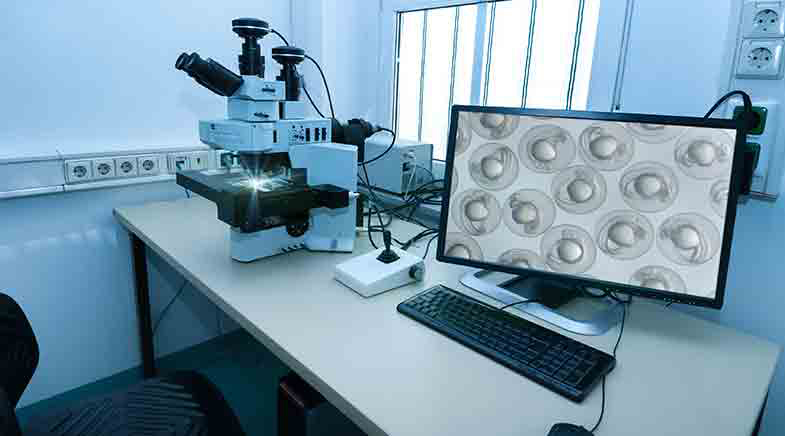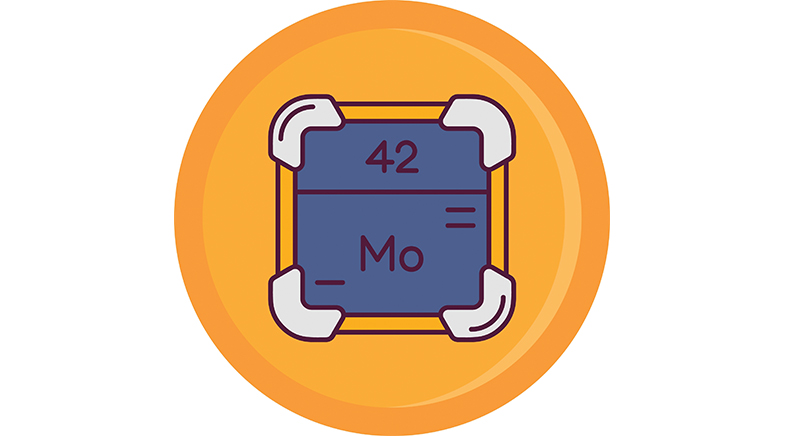The shape of things
-
- from Shaastra :: vol 01 issue 04 :: Jul - Aug 2022

Scientists are studying the relation between the geometry of DNA nanocages and their ability to enter cells.
Does shape matter? It does if you are dealing with DNA nanocages, which are emerging as a promising drug delivery system for fighting deadly diseases such as cancer.
Over the past decade or so, scientists have been excited about DNA nanotechnology, which involves using DNA as the structural material to fabricate nanostructures of varying shapes and sizes, or nanocages. Such DNA devices are expected to find application in medical imaging, diagnosis and drug delivery. The actual applications of these devices, however, have been limited, as very little is known about how these 3D nanostructures interact with cell membranes and pathways normally used to facilitate an entry into cells.
Now, researchers led by Dhiraj Bhatia, an Assistant Professor in the Department of Biological Engineering at the Indian Institute of Technology (IIT) Gandhinagar, are trying to find the correlation between the geometry of such DNA nanocages and their ability to enter the cells.
To do this, the team studied DNA nanocages of different topologies such as a pyramid (tetrahedron), cube, the spherical structure of buckyballs and icosahedron (a polyhedron with 20 faces). They found that tetrahedron-shaped 3D DNA nanocages were three to four times more efficient than nanocages of other shapes in delivering drug cargo in living cells. Their study recently appeared in the journal ACS Nano.
"People have been studying the use of DNA nanostructures. They are experimenting with such DNA nanocages in mouse models to target tumours. Different laboratories across the world are testing whether such DNA nanocages can be put into cells found in different organs such as the kidney, the liver, the brain and so on," says Bhatia.
The IIT Gandhinagar scientists sought to understand the efficiency associated with different shapes because of two problems encountered by most drug delivery systems: crossing the blood-brain barrier and the inability to penetrate epithelial layers to attack tumour cells deep inside.

They chose to work with the DNA, rather than other materials used for drug delivery such as inorganic nanoparticles, peptides or proteins because it is easy to control the geometry – 3D arrangement — of the DNA, Bhatia says.
The team — which included Bhatia's graduate students and collaborators from the Tata Institute of Fundamental Research, Mumbai, and IIT Bombay — also wanted to see whether the shape of a structure had a role in determining the uptake efficiency in the cells. Using normal DNA strands as control, the team studied the uptake efficiency of different geometrical shapes.
"When we put only the DNA strand, it was not going inside the cells or the tissues. But when we introduced the DNA as 3D structures, they were getting endocytosed," Bhatia says. Endocytosis is a cellular process by which substances are brought into a cell. "But the uptake efficiency was not equal for all shapes," Bhatia adds.
Tetrahedron was the best option. "The pointed edge of the tetrahedron was found to interact very nicely with the cell membrane, which is elastic. The repulsion between the membrane and tetrahedron was the minimum," he says.
The scientists hope that their findings will lead to work on neurodegenerative diseases such as Parkinson's or dementia.
"This detailed optimisation of size and shape-specific nanovehicles for internalisation is a significant next step for DNA nanostructures," says Banani Chakraborty, a Chemical Engineering researcher at the Indian Institute of Science, Bengaluru.
"This work paves the way to use DNA nano encapsulators to deliver drugs or cargo in the target location at cellular level. With the specific functionalisation and manipulation of DNA sequences, this can be taken to the targeted delivery site, which is the goal of nanomedicines," explains Chakraborty, who is not connected with the current study.
The insights that the team gained from their studies could eventually be put to use in biological and biomedical applications. For instance, with zebrafish embryos as a model, the IIT Gandhinagar researchers found that the tetrahedron-shaped DNA nanocages could easily overcome epithelial barriers.
The scientists hope that their findings will lead to work on neurodegenerative diseases such as Parkinson's or dementia. Bhatia adds that they now plan to work on neurons to see if the cell migration found to occur after the endocytosis can be put to use to fight these diseases.
Clumps of neurons are often associated with such disorders. If these neurons can be made to move away from one another, these diseases could be managed better, Bhatia hopes. But right now that is still an idea that needs to be developed.
Have a
story idea?
Tell us.
Do you have a recent research paper or an idea for a science/technology-themed article that you'd like to tell us about?
GET IN TOUCH














